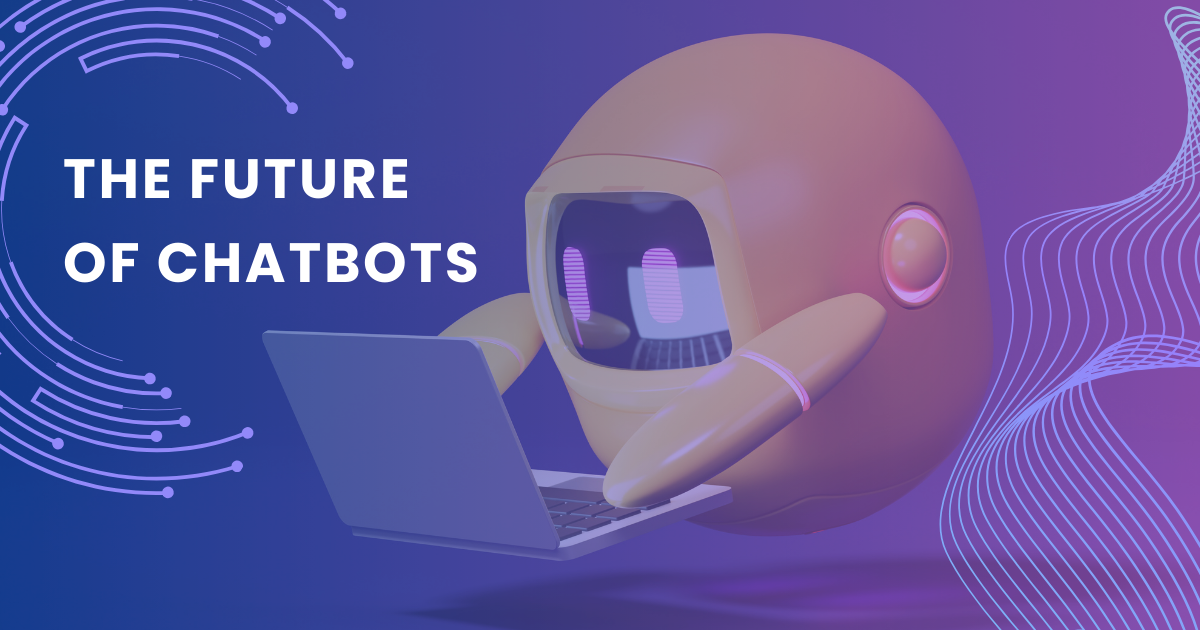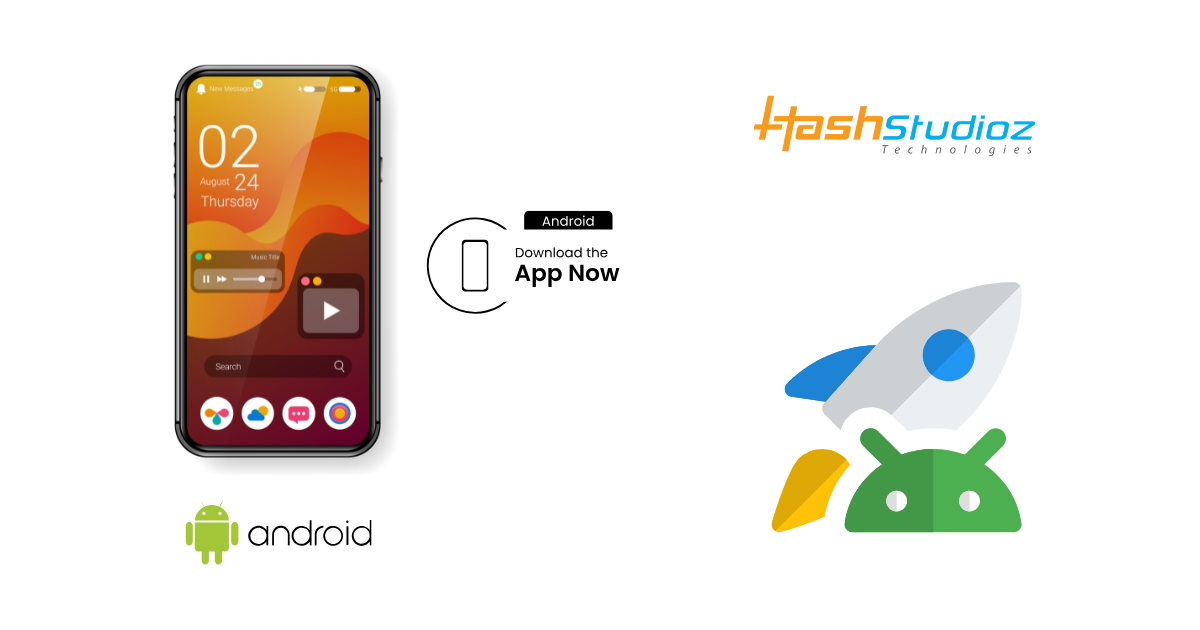The Future of Chatbots: A Developer's Guide to Building Intelligent Conversational Experiences

Strong 8k brings an ultra-HD IPTV experience to your living room and your pocket.
This guide explores the essential tools and technologies every chatbot developer needs to build smarter, more responsive bots and stay ahead in this exciting field.
1. Introduction: Why Chatbots Are Essential
Chatbots are transforming customer interaction. These AI-powered systems handle everything from answering FAQs to processing transactions, improving both efficiency and user satisfaction. The demand for advanced, scalable chatbot solutions is skyrocketing as businesses increasingly rely on them.
The Rise of AI-Powered Chatbots:
Forget simple, rule-based bots. Today's chatbots leverage Artificial Intelligence (AI), Machine Learning (ML), and Natural Language Processing (NLP) to understand and respond to users conversationally. This evolution requires sophisticated tools that empower developers to build truly intelligent bots.
2. Understanding Chatbot Development Fundamentals
Key Components of a Chatbot System:
Natural Language Processing (NLP): Enables chatbots to understand and interpret human language. This is crucial for natural conversations.
Backend Integration: Connects chatbots to databases, APIs, and other services to access information and perform actions.
User Interface (UI): The platform where users interact with the bot (e.g., website, app, messaging platform).
Types of Chatbots:
Rule-Based Chatbots: Follow pre-defined scripts and offer limited, structured responses. Good for simple tasks but lack flexibility.
AI-Powered Chatbots: Use ML and NLP to understand context, adapt responses, and provide a more human-like experience. Essential for complex interactions.
3. Essential Tools for Chatbot Development
Here's a breakdown of leading chatbot development platforms and tools, complete with examples:
Dialogflow (Google Cloud):
A popular platform for building conversational interfaces. Uses ML and NLP, integrates seamlessly with Google Cloud, and offers multi-language support. Great for scalable bots. #Dialogflow #GoogleCloud #ChatbotDevelopment
Example: A customer service bot for an e-commerce store that can answer questions about order status, track shipments, and process returns. Dialogflow's intent recognition and entity extraction capabilities make it easy to handle complex user queries.
Microsoft Bot Framework:
A comprehensive platform for building, testing, and deploying chatbots. Offers extensive libraries and SDKs, integrates with Azure, and supports various channels (Slack, Facebook Messenger, etc.). #MicrosoftBotFramework #Azure #Chatbots
Example: A bot for a healthcare provider that can schedule appointments, provide medication reminders, and answer basic medical questions. The Bot Framework's channel connectors allow the bot to be deployed on multiple platforms, ensuring accessibility for patients.
Rasa:
An open-source framework for building custom AI chatbots. Provides full control over development, ideal for complex bots with unique requirements. Uses ML models for intent recognition and context management. #Rasa #OpenSource #AIChatbots
Example: A highly specialized bot for a financial institution that can provide personalized investment advice based on user risk profiles and market trends. Rasa's customizability allows for fine-tuning the bot's NLP models to achieve high accuracy in this sensitive domain.
Botpress:
An open-source conversational AI platform with a developer-centric focus. Features a visual flow editor, integrated NLP, and pre-built modules. Excellent for highly customizable bots. #Botpress #ConversationalAI #ChatbotPlatform
Example: A bot for an IoT device manufacturer that can troubleshoot technical issues, provide product support, and even control smart home devices through voice commands. Botpress's visual flow editor simplifies the design of complex conversational flows.
Wit.ai (Meta):
An easy-to-use NLP platform for building chatbots that understand human language. Integrates well with Facebook Messenger. Good for NLP-powered bots. #WitAI #NLP #FacebookMessengerBots
Example: A bot for a restaurant that can take reservations, answer questions about the menu, and provide directions. Wit.ai's NLP capabilities enable the bot to understand natural language input like "I'd like to book a table for four at 7 PM."
ManyChat:
A no-code platform for quickly deploying Facebook Messenger bots. Offers a drag-and-drop interface, making it easy to build bots without coding. Ideal for social media engagement. #ManyChat #NoCode #FacebookMessengerMarketing
Example: A marketing bot for a clothing store that can promote new products, offer discounts, and collect customer feedback through interactive polls and quizzes on Facebook Messenger. ManyChat's visual interface makes it easy to create engaging conversational flows.
4. The Power of AI and Machine Learning in Chatbot Development
AI and ML are crucial for enhancing chatbot capabilities. ML algorithms enable bots to learn from conversations and improve their accuracy and understanding. NLP empowers chatbots to understand and process human language, leading to more natural interactions.
5. Integrating Chatbots with Other Technologies
Seamless integration is key. Chatbots should connect with CRM systems, payment gateways, and APIs to perform tasks like handling transactions, retrieving user data, and providing real-time support. Cross-platform compatibility ensures a consistent user experience across web, mobile, social media, and messaging apps.
6. Challenges in Chatbot Development (and How to Overcome Them)
Poor NLP: Invest in robust NLP tools and train your bot on diverse datasets.
Lack of Context: Implement context management to maintain conversation flow and personalize responses.
Complex UI: Keep the user interface simple and intuitive.
Testing is Crucial: Rigorous testing and continuous refinement based on user feedback are essential.
7. The Future of Chatbots: What's Next?
AI and ML innovations are set to revolutionize the next generation of chatbots, bringing advanced features like voice recognition, personalized experiences, and seamless IoT integration. Voice-activated bots and smart device connectivity will significantly enhance chatbot capabilities. As a leading Chatbot App Development Company, we specialize in crafting intelligent, adaptive chatbots that redefine user interaction and improve overall engagement.
Conclusion: Building the Future of Conversation
Chatbots are transforming business-customer interactions. By leveraging the right tools and technologies, developers can create powerful, AI-driven chatbots that deliver exceptional experiences and solve real-world problems. Whether you're building a simple bot or a complex AI assistant, this guide provides the foundation you need to succeed in the exciting world of chatbot development.
Note: IndiBlogHub features both user-submitted and editorial content. We do not verify third-party contributions. Read our Disclaimer and Privacy Policyfor details.



